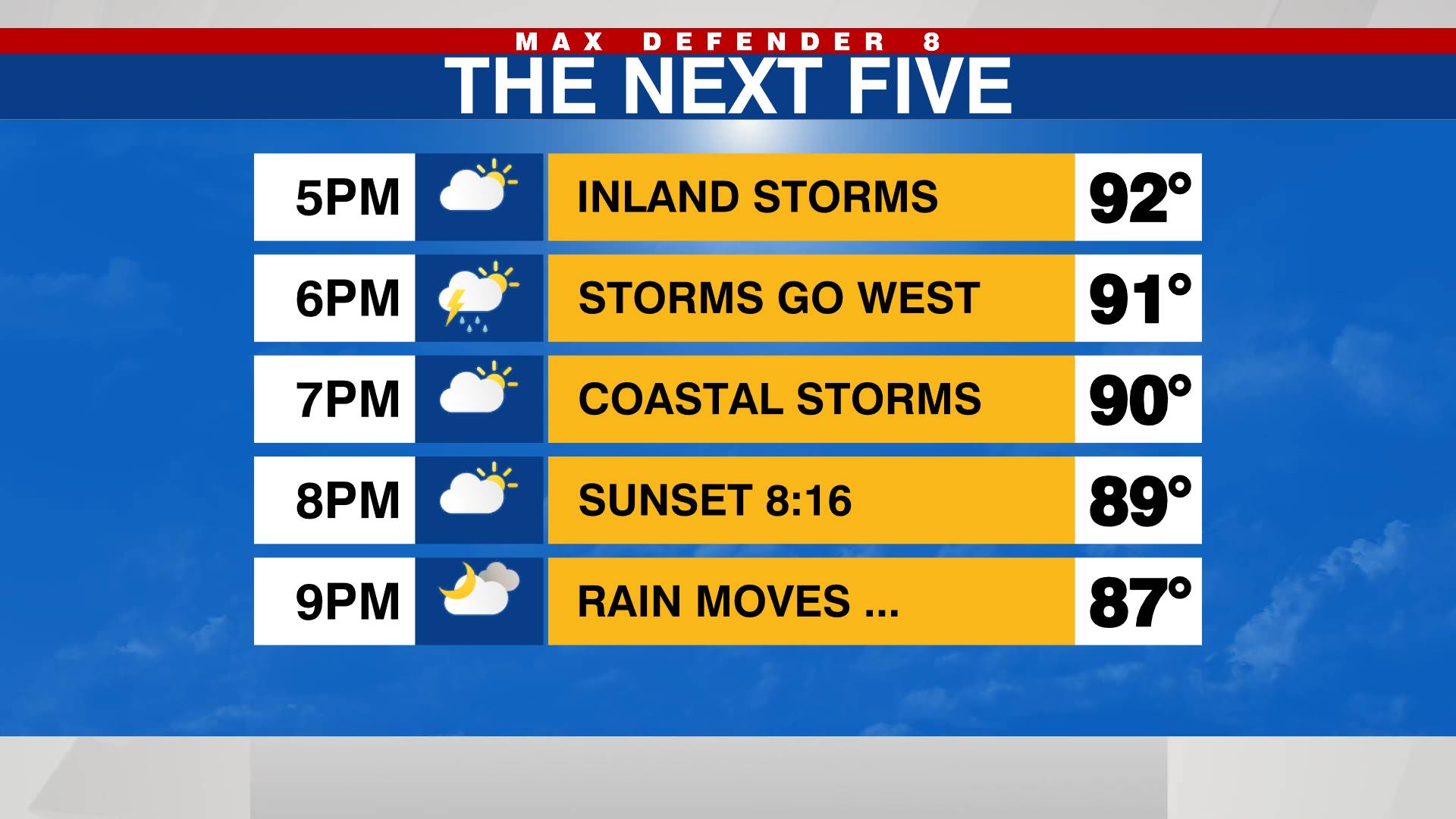TAMPA, Fla. (WFLA) — More than 150 people have died across five states as Hurricane Helene’s massive rains and powerful winds sent devastating floods and widespread destruction across the U.S. Southeast, leaving millions without power.
Helene made landfall in Florida’s Big Bend region as a Category 4 hurricane late Thursday with winds of 140 mph.
The powerful storm produced record-breaking storm surge across the Tampa Bay region, in fact, according to WFLA’s Chief Meteorologist Jeff Berardelli, Helene was Tampa’s highest hurricane surge in more than 100 years with 7 feet of surge.
However, the hurricane’s strong surge and flooding caused several deaths across the Tampa Bay region. As of Tuesday evening, 11 people were confirmed dead in Pinellas County. Two people were also killed in Helene-related incidents in Tampa, bringing the total to at least 13 deaths.
The first weather-related fatality occurred on Thursday night after a large road sign fell on Interstate 4 near Ybor City, crushing a passing car and killing a 23-year-old passenger.
Then, on Friday, a woman “in her late 70s” was found dead inside her home after Helene struck the area, Tampa Police Chief Lee Bercaw said.
In the latest update Tuesday, Pinellas County officials said a total of 11 people have died. The victims who lost their lives to Helene are identified below:
- Donna Fagersten, 66, of Indian Rocks Beach
- Patricia Mikos, 80, of Dunedin
- Aiden Bowles, 71, of Indian Rocks Beach
- Marjorie Havard, 70, of St. Pete Beach
- Francis Wright, 71, of Madeira Beach
- Jerome Waite, 89, of Saint Petersburg
- James Thompson, 55, of Redington Shore
- Rachel Burch, 37, of Treasure Island
- Dominic Dewitt, 60, of Indian Rocks Beach
- Joseph Galinski, 67, St. Pete Beach
- Steven Boelsche, 95, Pinellas Park
All those who died appeared to have drowned and were in mandatory evacuation zones, Sheriff Bob Gualtieri.
Helene’s havoc
Helene’s havoc did not dissipate after moving through Florida and Georgia. The storm continued north and soaked the Carolinas and Tennessee with torrential rains, sending creeks and rivers over their banks and straining dams.
Western North Carolina was isolated because of landslides and flooding that forced the closure of Interstate 40 and other roads.
There have been hundreds of water rescues, none more dramatic than in rural Unicoi County in East Tennessee, where dozens of patients and staff were plucked by helicopter from a hospital rooftop Friday. And the rescues continued into the following day in Buncombe County, North Carolina, where part of Asheville was under water.
“To say this caught us off guard would be an understatement,” Quentin Miller, the county sheriff, said.
The storm, now a post-tropical cyclone, was expected to hover over the Tennessee Valley on Saturday and Sunday, the National Hurricane Center said.
The Associated Press contributed to this report.
This is a developing story. Stay up to date on the latest from News Channel 8 on-air and on the go with the free WFLA News Channel 8 mobile app.














